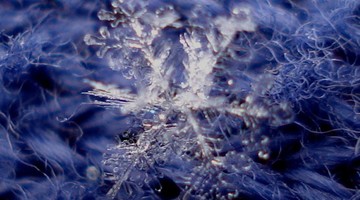Dr Katja Riedel of NIWA explains why she studies ice from the Antarctic. She describes how the air that gets trapped in the ice reveals climate information from the past, which allows her to make predictions of future climates.
Acknowledgement:
Cath Samson
Transcript
DR KATJA RIEDEL
My research is mainly about climate change. And what we try to do is we try to find out what the climate was in the past and that might help us to understand what’s going on today with the climate change, and what might happen in the future.
Antarctica is a very good place to study climate change and the reason is really that it’s pristine, it’s very far away from all sources where you normally have kind of pollution coming in, and ... that gives us an idea how the world would be without us polluting the environment. And the next big thing Antarctica is a great, great archive for ancient history in, in the atmosphere, because what you have, you have snow falling in Antarctica and snow layer after snow layer each year builds up to a big pile of ice, you can imagine it’s a bit like piling newspapers on top of each other so when you have the oldest newspaper will be on the bottom and the youngest one will be on the top. There is little air trapped between snowflakes and we can use this air and analyze it and then say yep that was how the atmosphere looked, thousands and thousands of years ago.
So when you drill down through this pile of newspapers you will get the history out of the whole years since you pile up, and that is exactly what happens in Antarctica.




